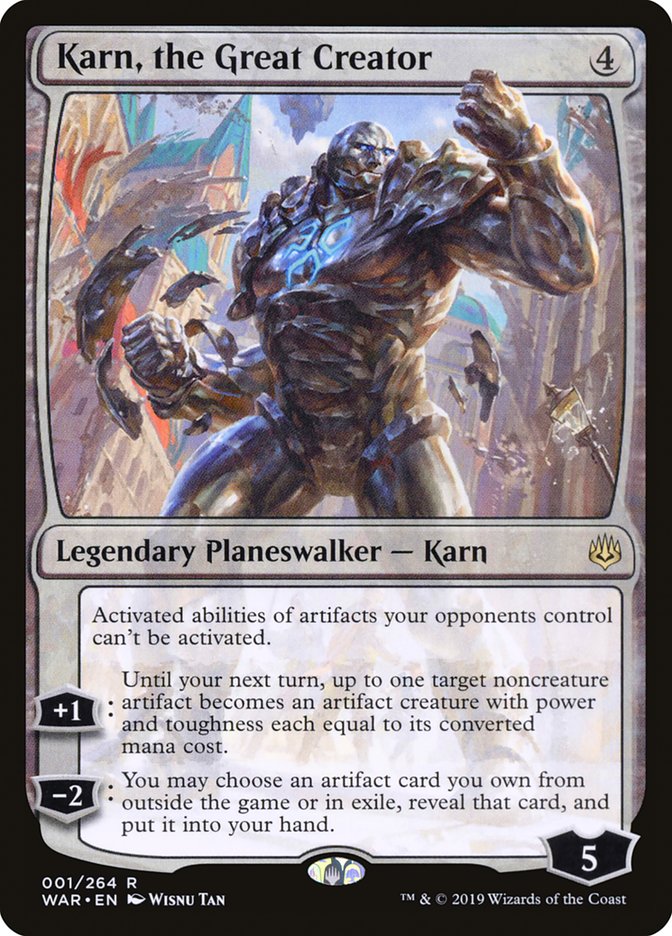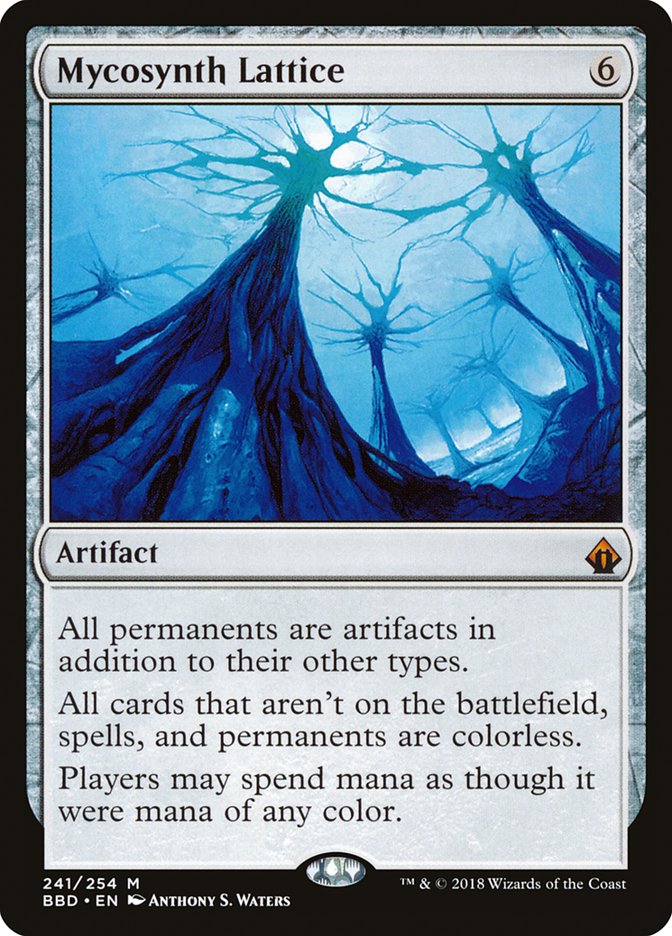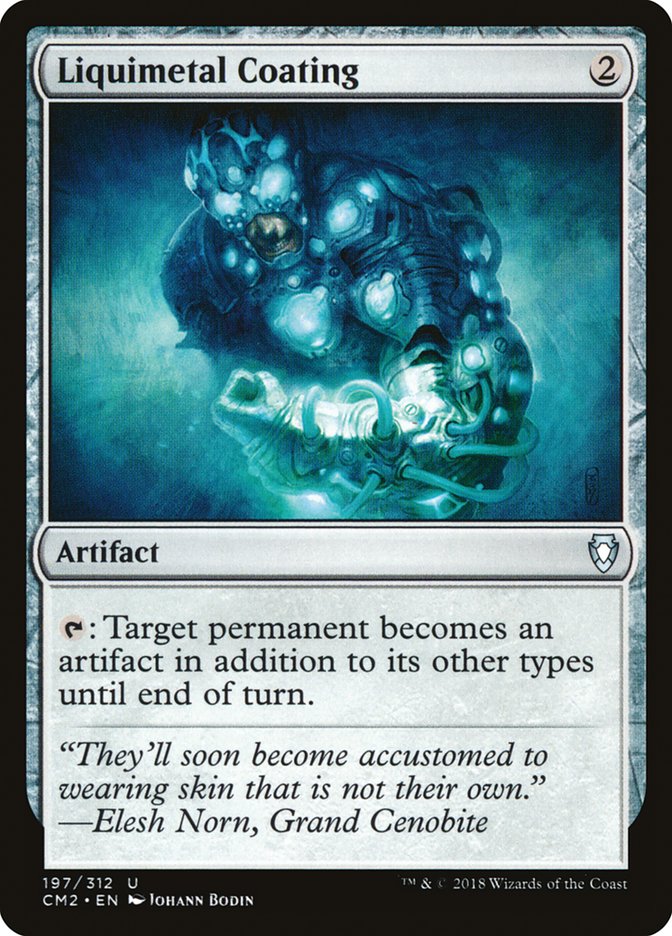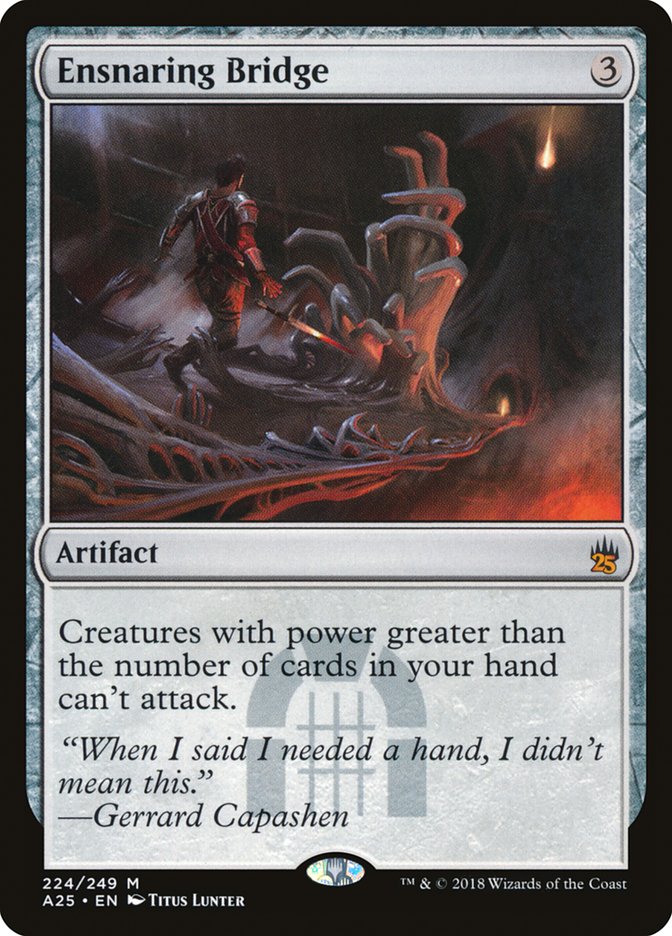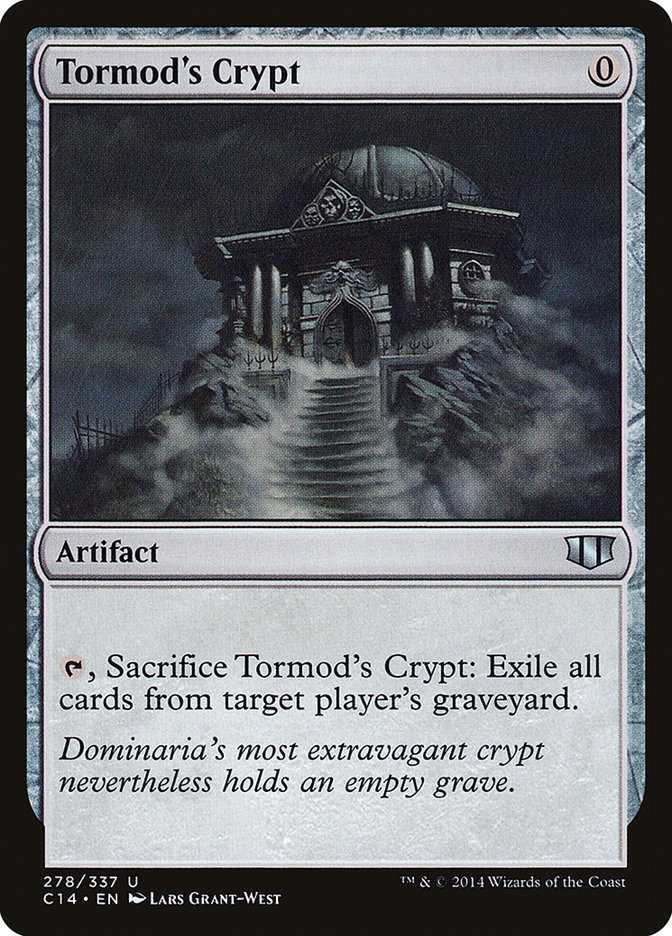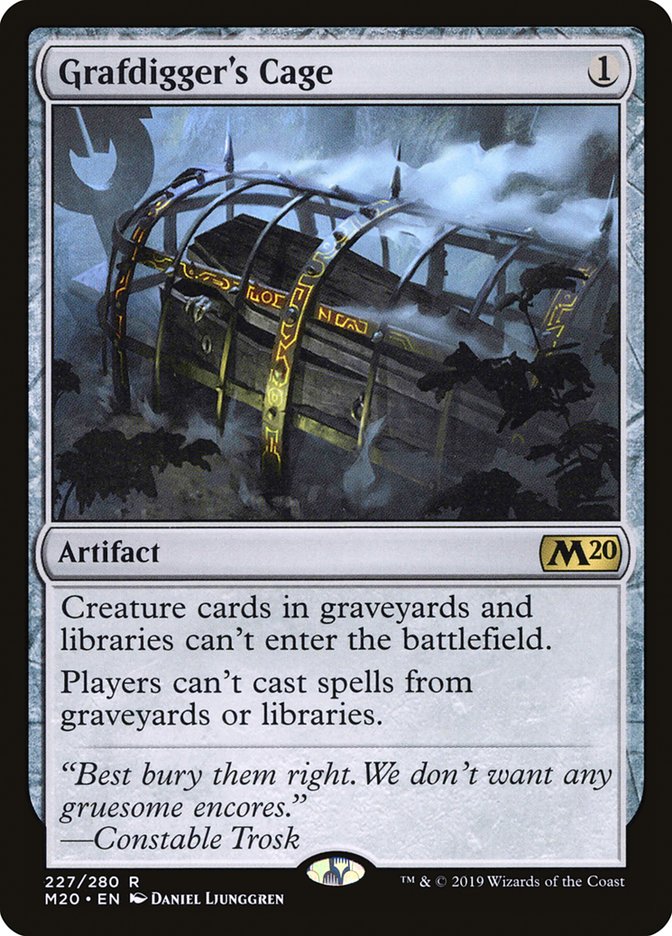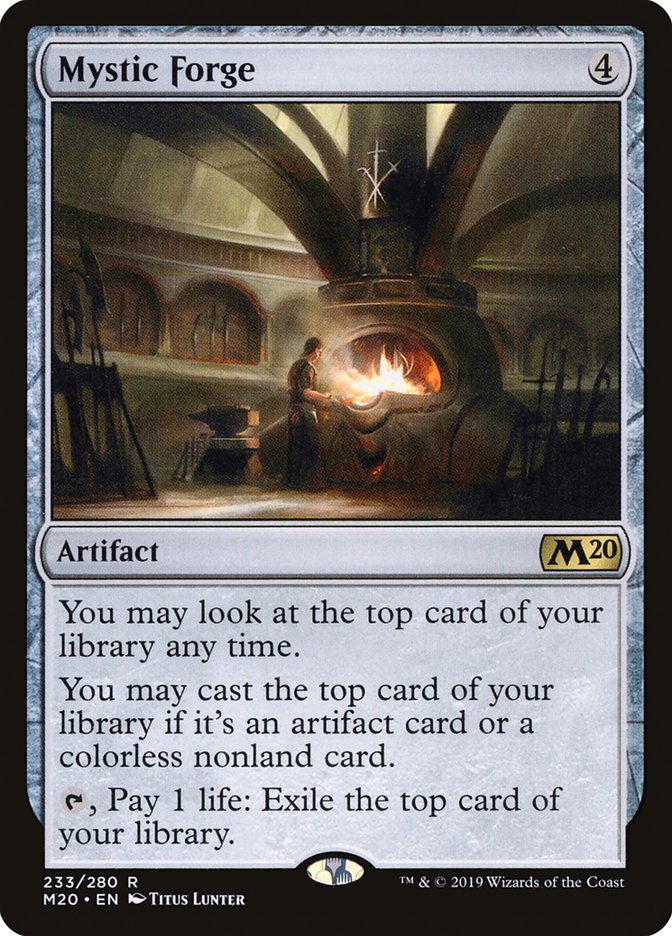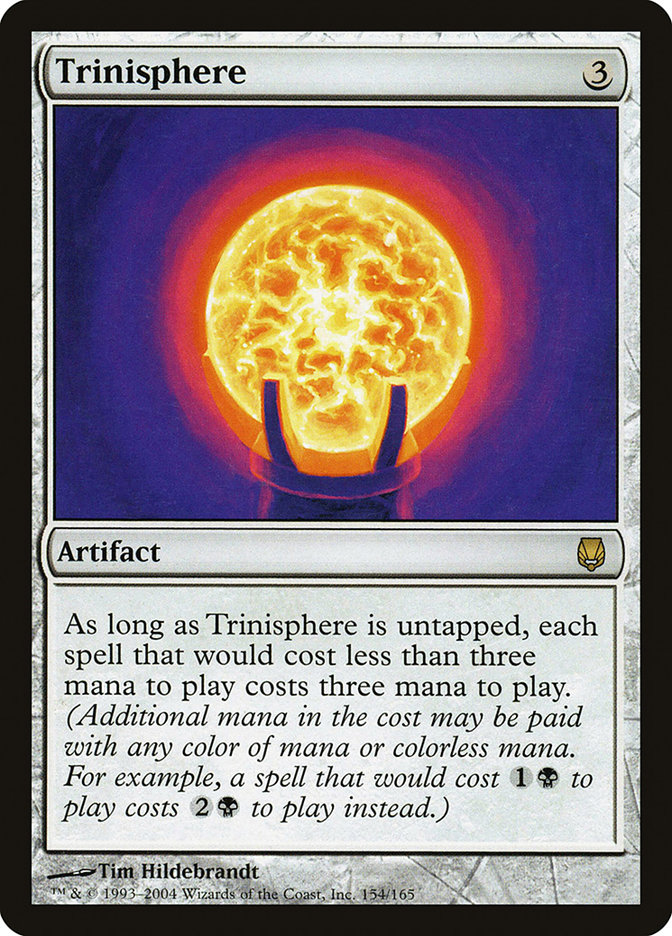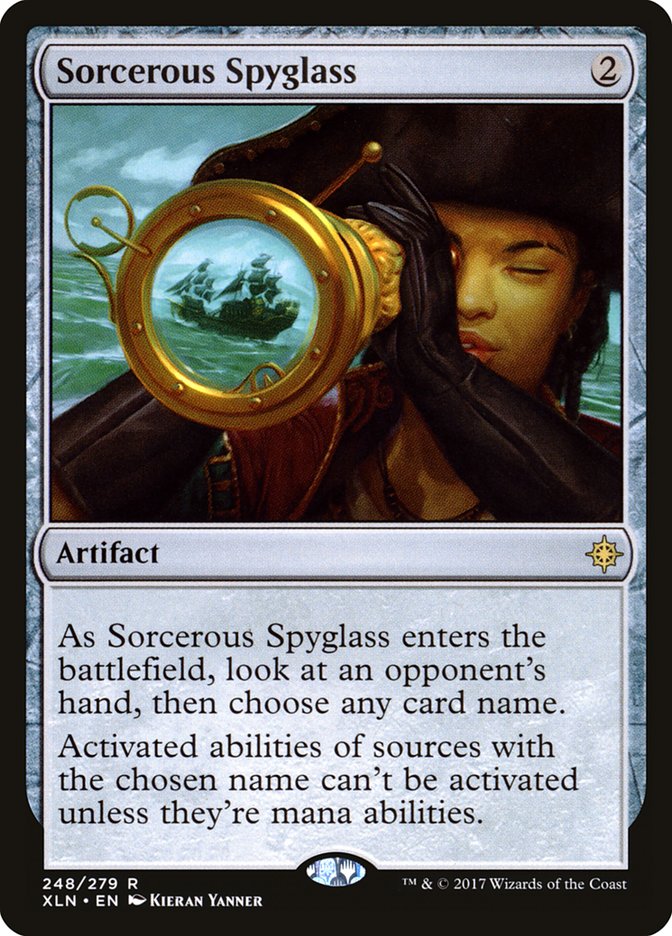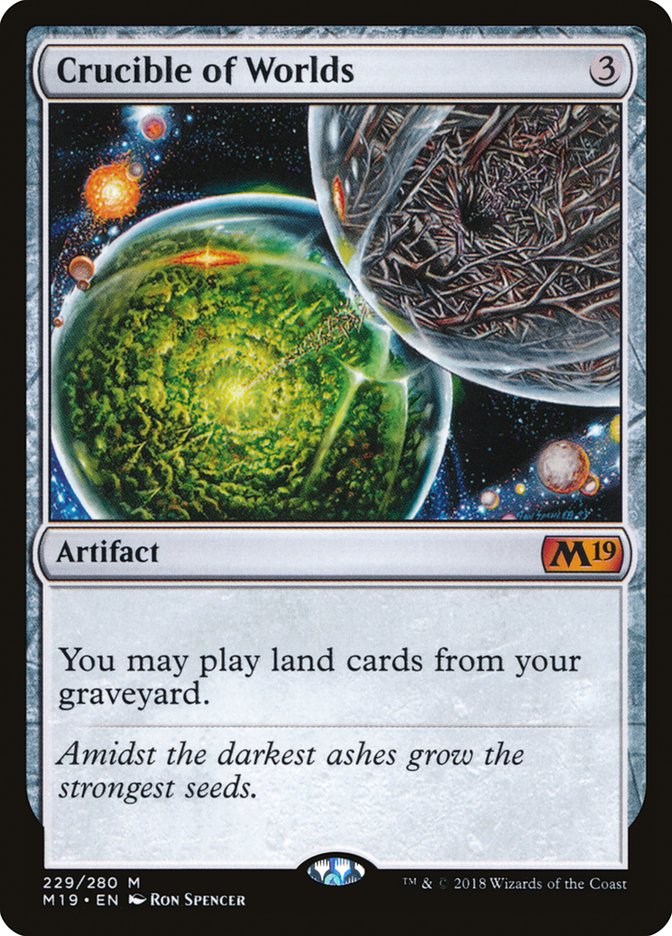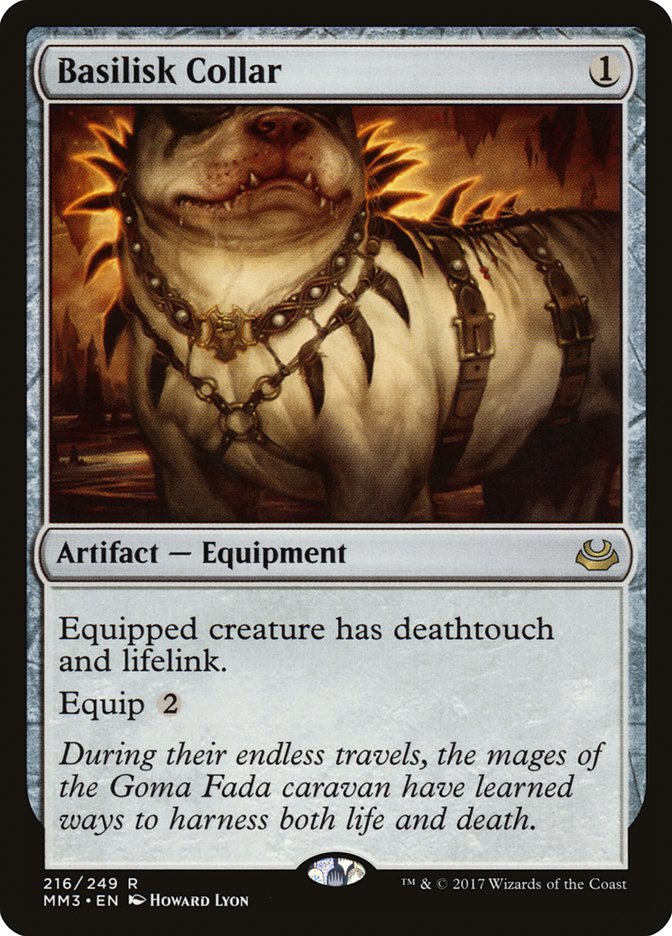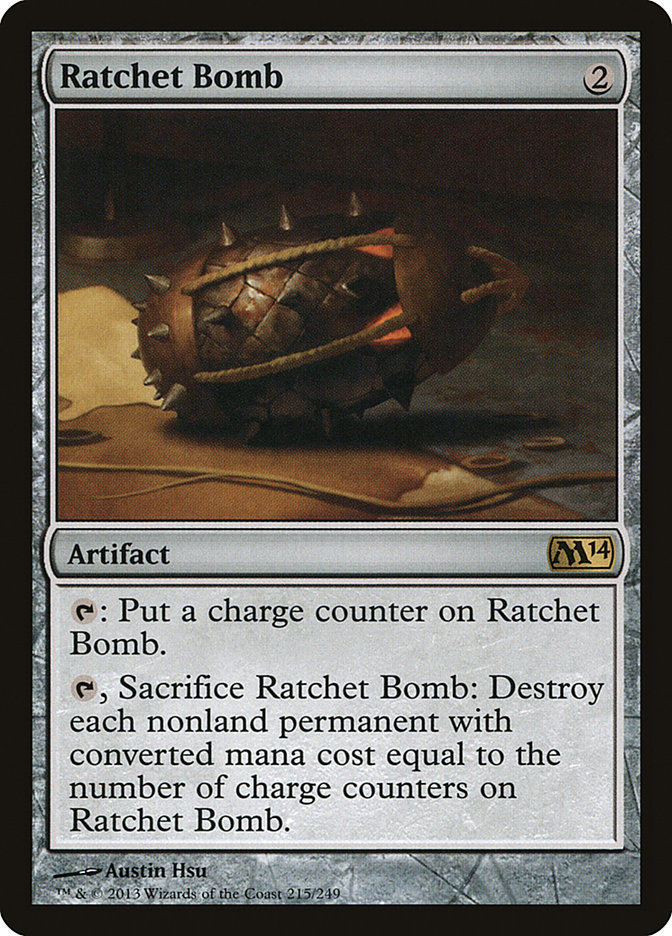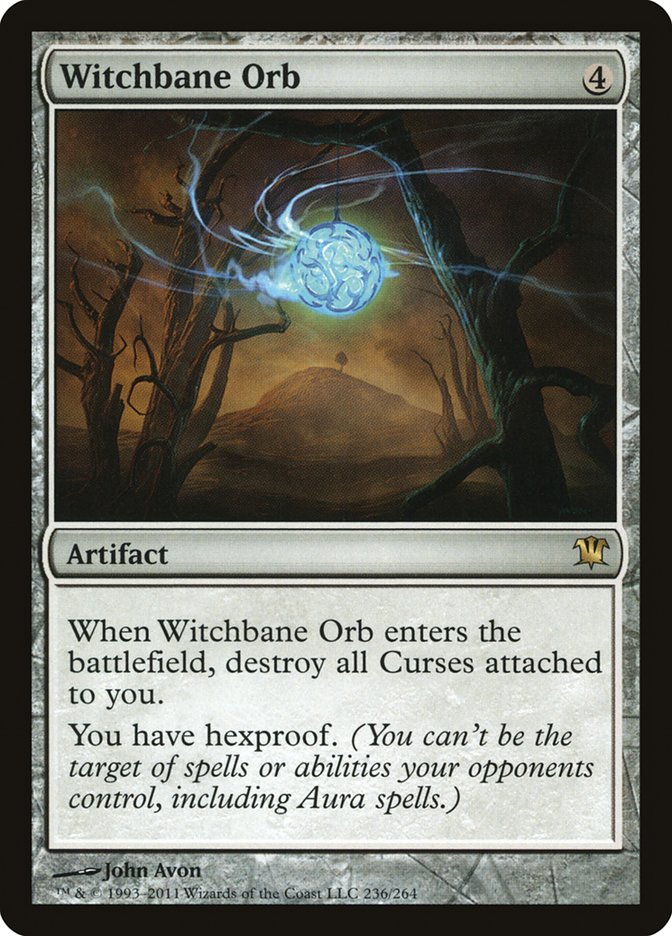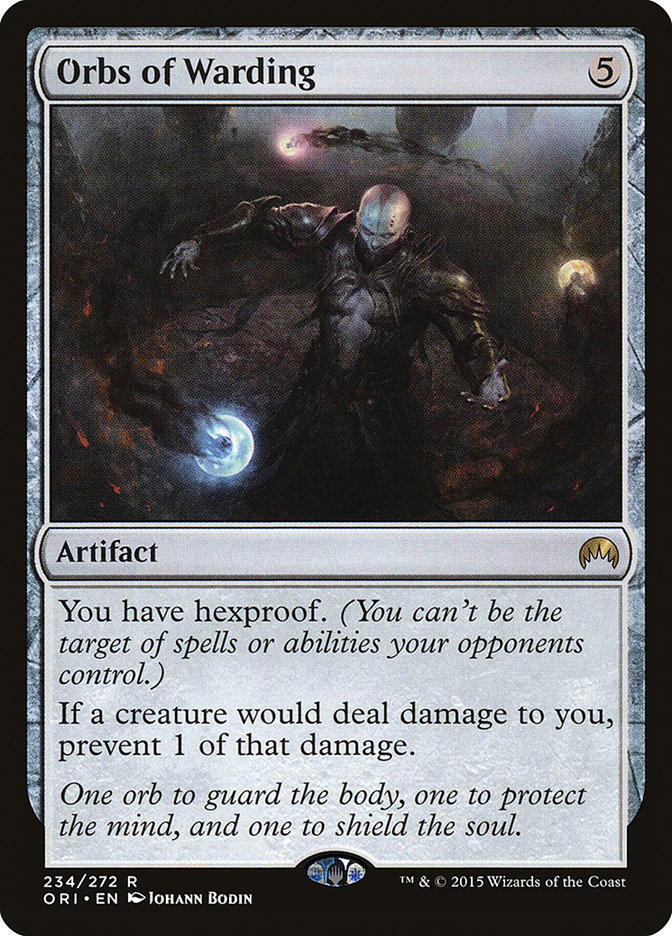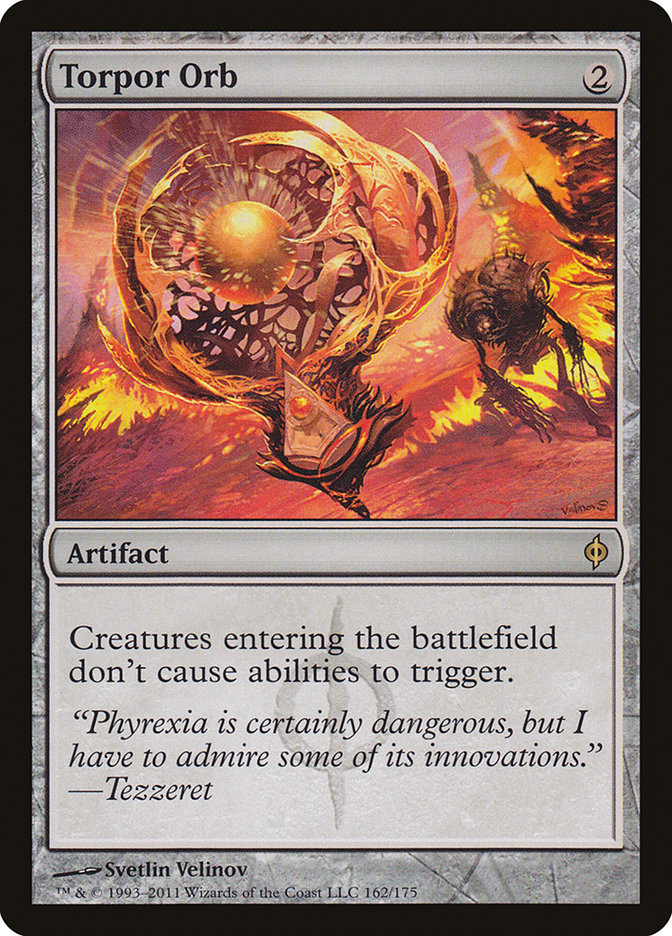As my article last week on Eldrazi Tron suggested, I’ve been pretty interested in working with the archetype and how the newest additions to the deck have changed how the deck operates. As I mentioned, the biggest boon for Eldrazi Tron is the printing of Karn, the Great Creator, a powerful planeswalker that has given every colorless deck in every single eternal format a huge boost in the power department.
As I’ve been in the lab tuning my list for the now-over SCG Columbus — I wrote this article on Friday, before the event [Copy Editor’s Note: Congratulations on the Top 16 finish!] — I’ve been trying to figure out the best way to build my Eldrazi Tron sideboard, which basically means figuring out the best tutor targets I want to have for my Karns.
While the short list of targets to go digging into the sideboard for consists of some solid options, there are more total options worth considering than available slots. For example, let’s examine the Eldrazi Tron sideboard I was very likely to register for SCG Columbus:
This sideboard utilizes nine spaces for artifacts to find with Karn and six others to make room for cards like Leyline of the Void for graveyard strategies and Spatial Contortion for a little extra removal against creature decks. As I’ve stared at other cards and considered options that didn’t make it to my sideboard, it got me thinking about the contexts and matchups where certain options would be better than others. Today, I’ll break down the options and cover when they would be good choices, and when they might not be.
Mycosynth Lattice
Mycosynth Lattice, to my knowledge, has not seen a whole lot of Constructed play prior to the printing of Karn, the Great Creator. These two cards work quite well together – if Karn is Deceiver Exarch, Lattice is Splinter Twin.
Now, you don’t quite win the game on the spot, but if you’re able to navigate a game into a position where you are able to protect your Karn and resolve Mycosynth Lattice, your opponent will be completely stripped of their ability to cast anything else, thanks to the one-two punch of Lattice turning all opposing lands in artifacts that now cannot be activated thanks to Karn.
Mycosynth Lattice is the one sacred cow of the sideboard of any deck playing Karn, the Great Creator. Having access to hard-lockout condition is a great way to give yourself a chance in any matchup, plus you can close out the game quickly by turning it into a 6/6 with Karn’s less-talked-about plus ability.
Walking Ballista
Walking Ballista is typically regarded as the best artifact creature to play with these days. Being able to deal with opposing creatures and planeswalkers plus functioning as a mana sink makes it an easy inclusion in most colorless strategies. Playing a single copy in the sideboard of Karn, the Great Creator decks gives you the ability to go find a way to close out the game once you’ve established a lock with Mycosynth Lattice or Ensnaring Bridge. In a deck like Eldrazi Tron, which already plays multiple copies in the maindeck, it’s not always an option you have to include, but since it is the best way to tutor up a way to actually close the game out, I like having access to one copy.
Liquimetal Coating
Liquimetal Coating, like Mycosynth Lattice, hasn’t seen the light of day for quite some time (literally so, given copies likely have been stuffed away in storage boxes until now). Again, the card’s inclusion comes from the acknowledgement that Karn turns off anything that’s been turned into an artifact. Coating works in tandem with Karn to effectively create a land destruction gameplan. Turning a land into an artifact with Coating and then using Karn’s plus targeting it causes the land to turn into a 0/0 and die instantly. If you don’t quite have the time to land a Lattice, Coating provides the ability to slowly but surely put the squeeze on your opponent’s mana over the course of a longer game.
Ensnaring Bridge
Ensnaring Bridge, alongside Mycosynth Lattice, is one of the two most important cards in any sideboard package for a Karn deck. Karn finding Ensnaring Bridge is especially strong in Eldrazi Tron strategies, as the combination of Karn and Bridge totals seven mana, meaning if Tron has been assembled, Karn can find and cast the Bridge right away. This is important in many matchups where you’re looking to go get Bridge in the first place, as you’re likely under attack from opposing creatures and need a way to stem the bleeding. Ensnaring Bridge is frequently the best way to protect your Karn so that you may continue to find another tutor target and press an advantage.
Tormod’s Crypt / Grafdigger’s Cage
I’ve lumped these together as they serve the same purpose: dealing with the graveyard. While a deck like Eldrazi Tron, for example, still uses Leyline of the Void to knock out graveyard decks in the sideboarded games, having access to something that Karn can find in Game 1 gives you the ability to deal with the graveyard in any stage of the match.
Typically, sideboards for Karn decks use one Cage and one Crypt. Cage has some flexibility in other matchups, being solid against not only graveyard strategies but also decks utilizing Collected Company and Chord of Calling, like Devoted Druid combo decks.
The Crypt’s purpose is two-fold. For one, it costing no mana means that it can be used right away when found by Karn and there is no extra mana available. The second reason pertains almost exclusively to Eldrazi Tron as far as Modern is concerned, but sometimes, a Chalice of the Void for X=1 will be on the battlefield, meaning your only option to interact with the graveyard is the option that doesn’t cost one mana (Cage).
Mystic Forge
Mystic Forge is a recent printing and represents a powerhouse option to find with Karn. Mystic Forge does a pretty good Experimental Frenzy imitation, though it’s a little bit stricter in the type of strategy it slots into. Thankfully, most Karn decks meet the colorless spell / artifact requirement for Forge and having access to a card like this lets you accrue a considerable advantage in matchups where it’s warranted. In Modern, we’ve seen a resurgence of fair decks like Jund and Azorius Control as of late. With the format that way it is at present, I’m a big advocate for this option in my sideboard for Karn decks.
Trinisphere
Trinisphere historically hasn’t had a big impact on Modern. It is much stronger in Legacy given its ability to frequently be cast Turn 1 via Grim Monolith or Ancient Tomb and Simian Spirit Guide. However, the card has its spots, and since the opportunity cost of playing one copy of Trinisphere in your sideboard as a tutor target is so low, it makes it a consideration when the metagame calls for it.
In terms of how Modern looks now, Arclight Phoenix decks of various flavors do not fare particularly well with a resolved Trinisphere. This option feels as though it’s more of a necessity than before thanks to the printing of Aria of Flame. Pre-Aria, Ensnaring Bridge would have been good enough to stem the bleeding and keep Arclight Phoenix and Awoken Horror from attacking. Given that Aria of Flame gives Izzet Phoenix decks the ability to win the game outside of the combat step, I like having access to a card like Trinisphere which will slow down the spellcasting a considerable amount and help not die quickly to a resolve Aria.
Sorcerous Spyglass
Sorcerous Spyglass allows you to lock out a specific problematic planeswalkers or other permanent with activated abilities. Typically, Spyglass is the preferred option over Pithing Needle, as the extra mana cost is usually not enough of a downside to negate the information gain, as well as lining up better in the event you also have a resolved Chalice of the Void on one on the battlefield. Given that there are a good amount of decks with planeswalkers in them these days, I’m a fan of having access to this card at the moment.
Crucible of Worlds
Crucible of Worlds always seems to sneak its way into the sideboard of Modern decks without a whole lot of apparent rhyme or reason. Using a card like Crucible in tandem with cards like Ghost Quarter and Field of Ruin sounds fine in theory, but there are very few matchups in Modern where setting up this engine is better than any of the other options.
In Karn sideboards, I’ve found that Liquimetal Coating does the repeated land destruction effect much better (the land stays gone for good, which is not true for Ghost Quarter or Field of Ruin), and there are not a whole lot of repeatable land sacrifice effects outside of those two that interest me. I would say that the one exception to this would be Inventors’ Fair in the Whir of Invention-style prison artifact decks, as buying back a tutor effect like that every turn sounds solid. For decks like Eldrazi Tron, however, I’ll just take Coating.
Basilisk Collar
This one makes the list almost exclusively because of Eldrazi Tron. Tutoring this cheap artifact up and suiting it onto a Reality Smasher sounds enticing, but I’ve found this card to not be worth the slot in most cases. As I’ve mentioned previously, you run into a lot of situations where Collar would be a good card to tutor up, but you have a Chalice of the Void with one counter on the battlefield and then you feel sad.
Ratchet Bomb
Ratchet Bomb is a fan favorite that historically finds a home in most colorless decks. It gives decks that don’t utilize colored mana outs to permanents they otherwise might not be able to handle. These days, Ratchet Bomb is effectively been rendered obsolete with the printing of Blast Zone, a card that has taken Ratchet Bomb’s effect and placed it onto a land. Since sideboard and deck slots are so precious, being able to keep this effect and not have to take up a spell slot to do so is a big game, and Ratchet Bomb has been benched in the meantime as a result.
Witchbane Orb / Orbs of Warding
Witchbane Orb and Orbs of Warding, cards with almost the same text box, are typically not exciting options in Modern, since most decks don’t really care about their opponents having hexproof. Additionally, the Orbs both have fairly expensive mana costs. These two strikes against the cards make them no-gos right now in Modern, but still reasonable options to have should the metagame call for it.
Torpor Orb
Torpor Orb is another relic of another time. It saw plenty of play in the days of Splinter Twin but very little these days. Torpor Orb does have some utility in Modern as it stands, however, as it’s notably exceptional against Humans and other fringe strategies in Modern. This option strikes me as one that you want for more consolidated metagames, but I wouldn’t recommend it for a premier event.
The Ultimate Toolbox
Other options beyond this list exist, but as I mentioned before, you only get so many slots. The options above represent a handful of choices that I like right now, as well as others that have their moments when well-positioned and become viable options.
Karn, the Great Creator is the single most powerful toolbox engine ever printed. Being able to be such a disruptive one-unit army that forces opponents to interact with you on a different axis is fairly difficult, and there are a handful of games where Karn helps you interact with your opponent in exactly the right way by grabbing the artifact best-suited for the situation. As the catalogue of powerful artifacts in Magic continues to grow, Karn’s viability will grow alongside it.


